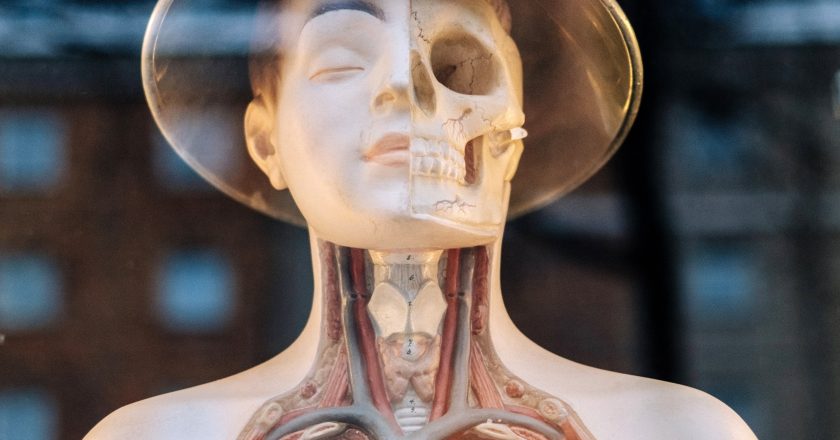Spare Parts?
Lab-grown body parts aren’t just science fiction. Scientists all over the world are attempting to use stem cells to grow ears, livers, hearts, kidneys, blood vessels, skin and bladders in labs that are transplantable into real people. Though rare, some people are walking around with lab-grown bladders.
Around 80% of the world’s transplants come from the deceased while the other 20% is mainly made up of living donors and a small percentage attributed to a lab. Many people question whether the future could see people receiving transplants from a lab, or even a ‘farm’ of lab-grown human body parts, mass produced for transplants all over the world. These organs are greatly needed.
According to the United Network for Organ Sharing (UNOS), there are over 100,000 people waiting for a lifesaving...



